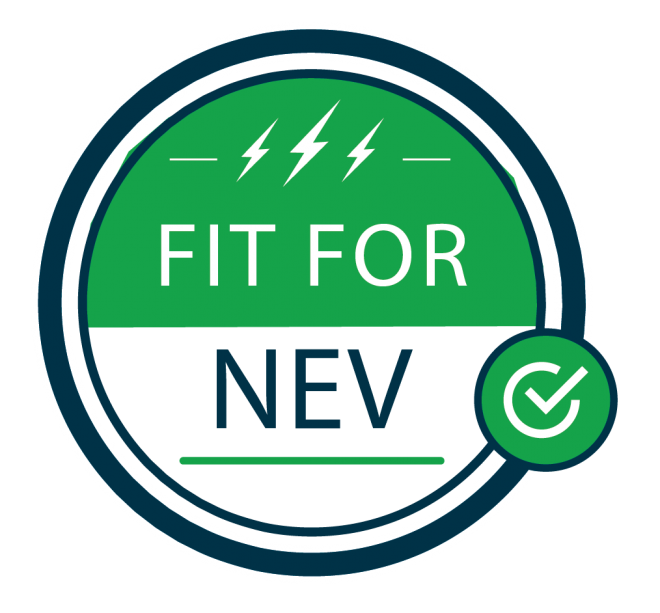In today's battery electric vehicles (powered exclusively through the use of a battery, no ICE present ), Arteco's current coolants can be used. They are marked with NEV badge.
For example, the coolants can be used in full battery electric vehicles, such as Tesla, where they recommend the technology used present in Havoline® AFC, Havoline® XLC for the Jaguar I-Pace, and the Renault e-vehicles, where our Freecor® NRC can be used. We always recommend reading the manufacturers’ guidance before filling a cooling system with a coolant.
Battery electric vehicles include different designs of cooling systems. Some may prescribe special coolants.
Do you need a coolant for indirect cooling with reduced conductivity?
Arteco’s Freecor® EV Milli 10 is a coolant specially designed for indirect cooling of Battery Electric Vehicles (BEV). It is developed based on proven OAT technology and combines all round corrosion protection. Thanks to the exclusive combination of inhibitors and stabilisers, Freecor® EV Milli 10 ensures low and stable electrical conductivity over time in the cooling system. Additionally, Freecor® EV Milli 10 also contains a brazing flux compensation package, making it the first coolant of its kind to compensate for aluminium CAB brazing flux, thus improving the compatibility of the coolant with parts produced this way.
Freecor® EV Milli 10 is specifically designed as a reduced electrical conductivity coolant (100 µS/cm) for indirect cooling of Battery Electric Vehicles. The EV coolant is available as concentrate and ready-mix 50vol%.
The coolant provides 5 fold protection:
- electrical safety
- material protection
- flux stabilisation
- boiling protection
- frost protection
Product Information Leaflet Freecor EV Milli 10
Do you want to learn more about our new coolant Freecor® EV Milli 10? Your Local Area Sales Manager will be happy to present you more details.
Frequently asked questions
- What is Electric Conductivity?
-
Electrical Conductivity (EC) or specific conductance represents the ability of a matter (solid, liquid, gas and plasma) to allow the transport of charged particles. A high EC indicates a material that readily allows electric current.
EC is commonly signified by the Greek letter σ (sigma), but also κ (kappa) and γ (gamma) are sometimes used. The SI unit (International System of Units) of EC is Siemens per meter (S/m), whereas for engine coolants and heat transfer fluids (HTFs) µS/cm is often used.
In electrolytes such as an engine coolant or HTF, electrical conduction happens by ions - which is the collection of anions and cations - traveling, each carrying an electrical charge. The conductivity of ionic solutions/electrolytes varies with concentration of ions and temperature. Think about distilled water as an almost insulator whereas salt water is a reasonable fair conductor.
As can be understood from the above, the quality of the dilution water itself (linked to the total ion content) plays an important role in the EC of the coolant. Secondly, the inhibitor technology is affecting the EC level as well. And in addition, when the coolant or HTF is circulating in the system it might pick up remnants from machining and other contaminants, all having an impact on the overall EC. It is therefore incorrect to deduct from the EC value the dilution ratio of an engine coolant or HTF.

